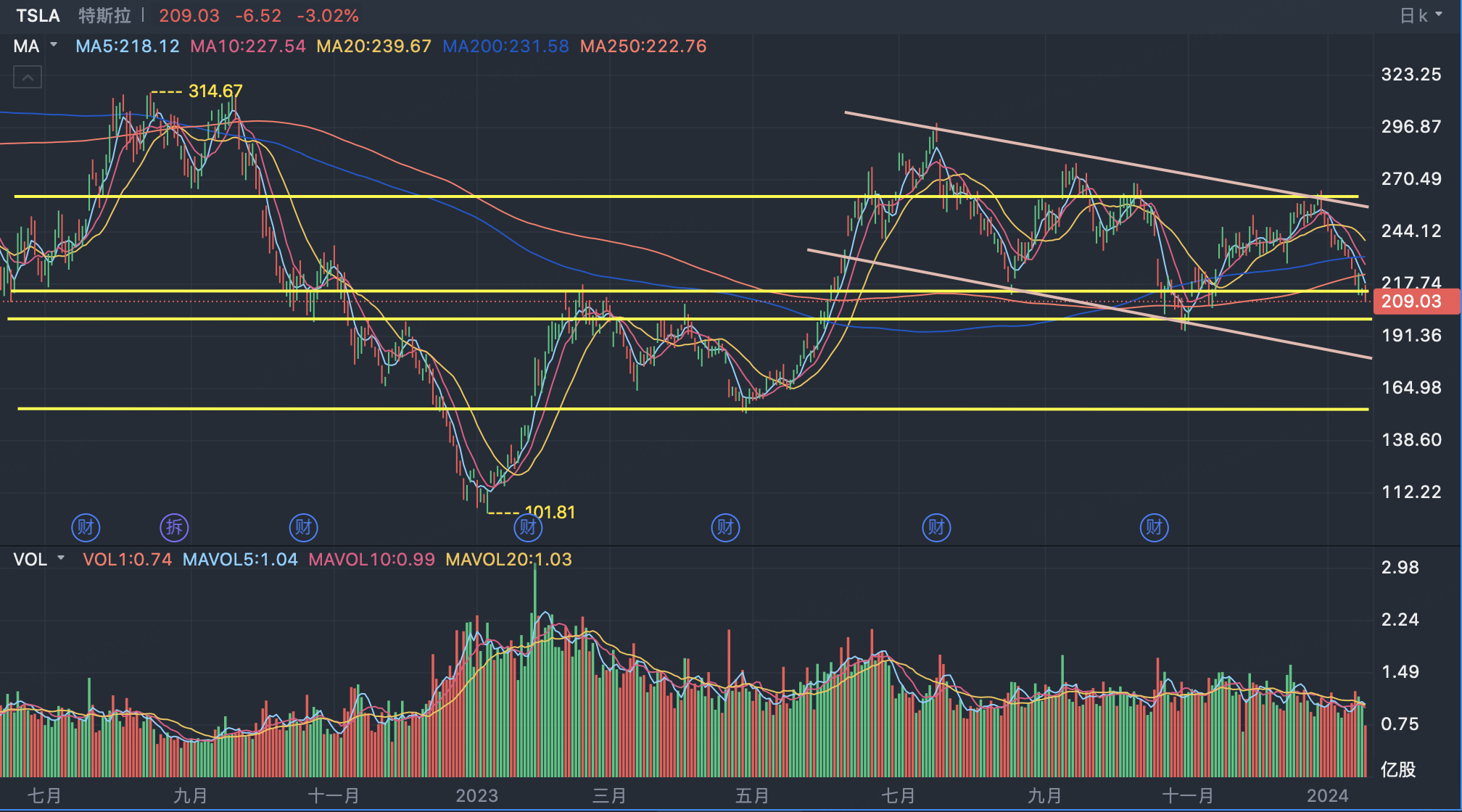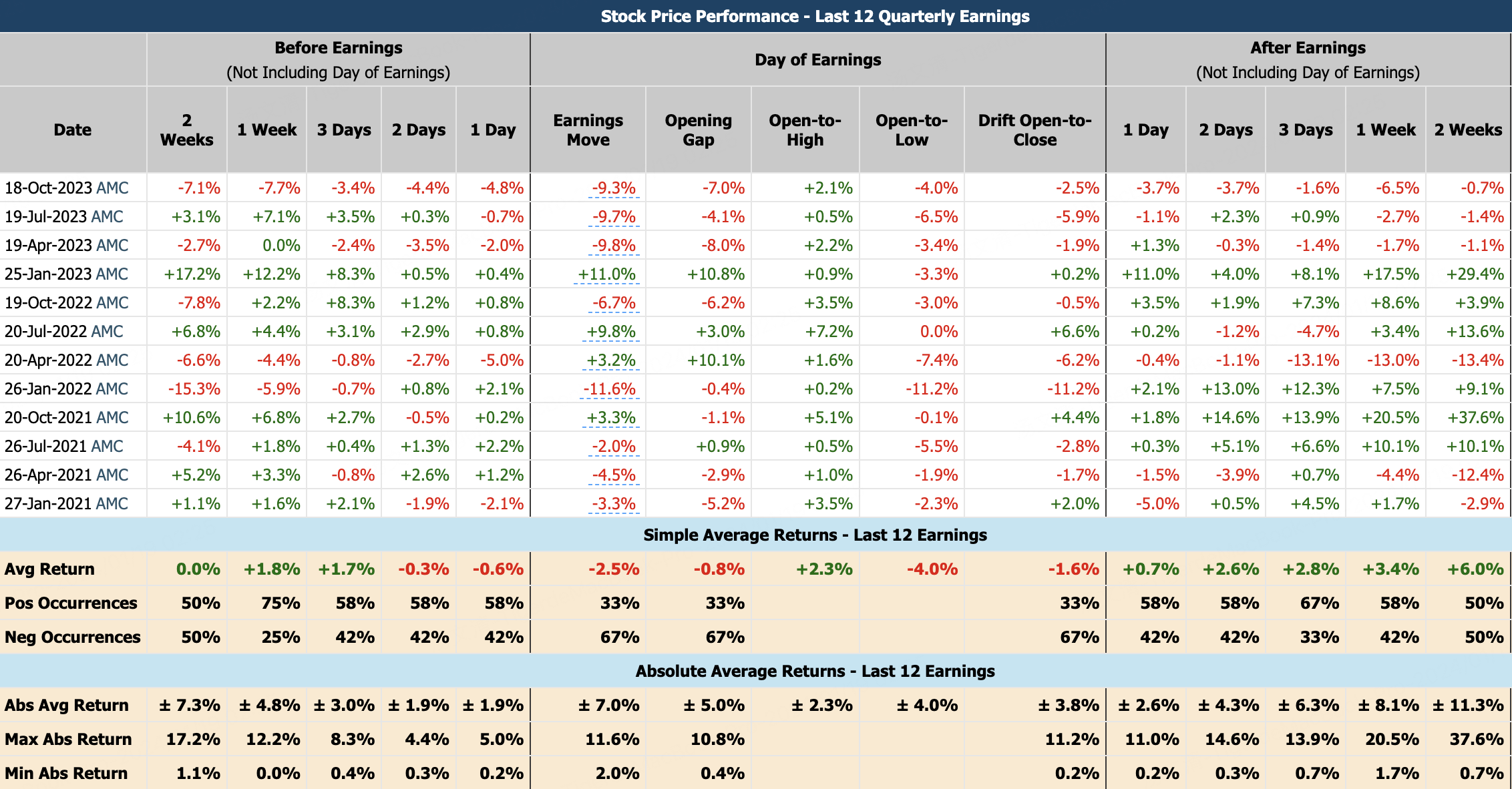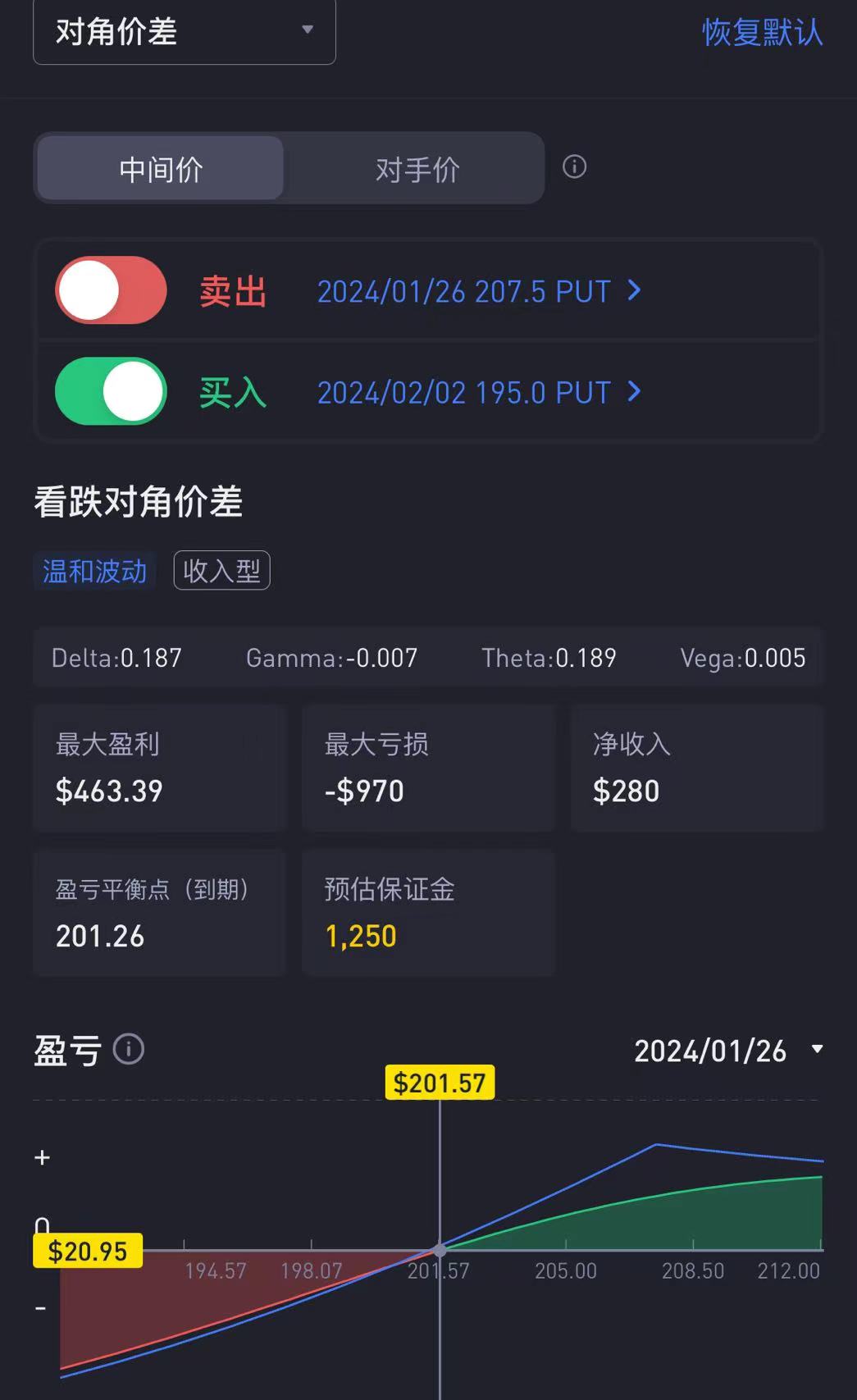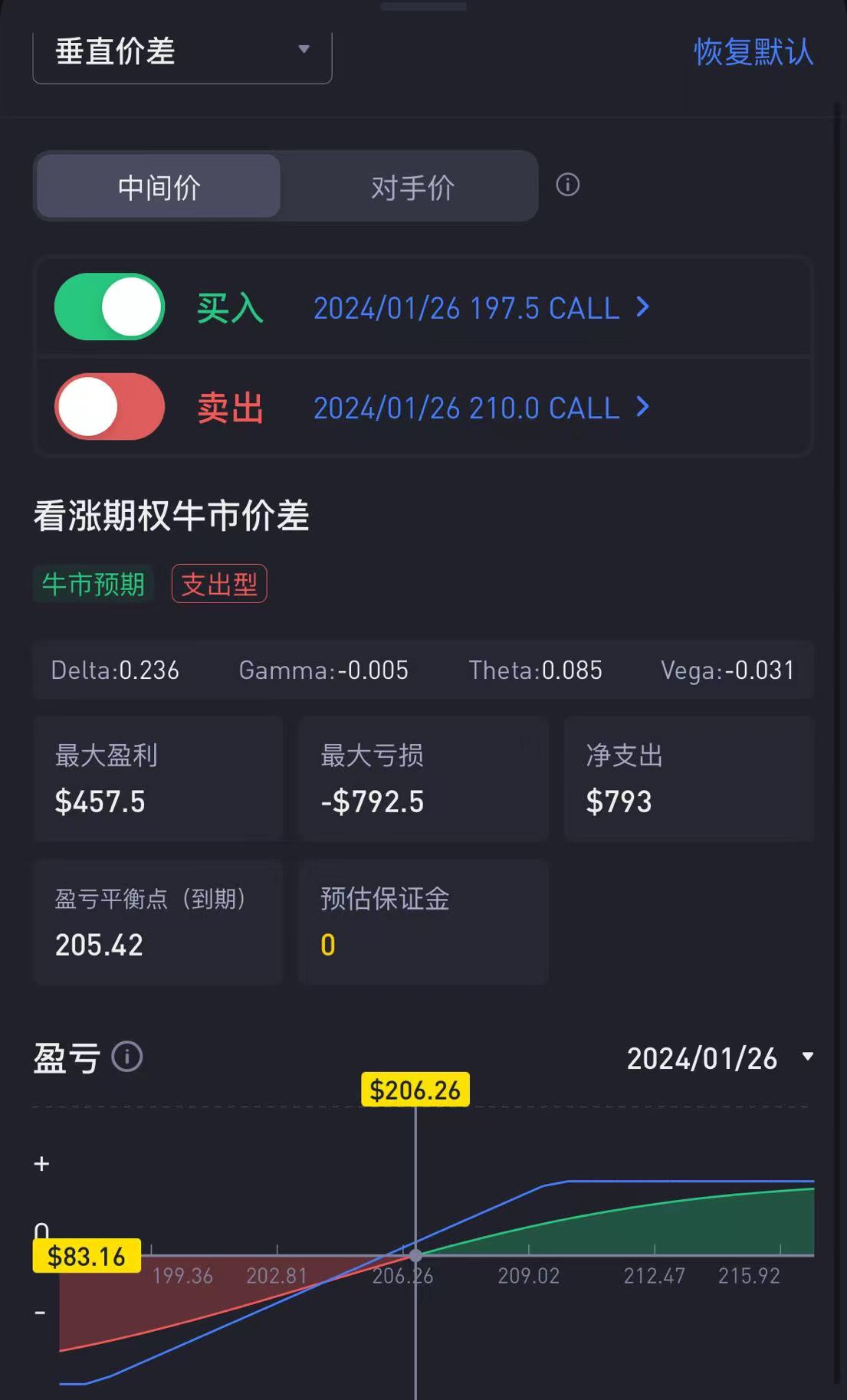Fundamentals overview
Q3 Review: Tesla's deliveries fell to 430,488 vehicles in the third quarter due to factory upgrades. Q3 revenue was $23.35 billion, up a modest 8.8% year-over-year. Adjusted earnings per share were $0.66, down 37 percent compared to last year. Gross margin remained at 17.9%, below 20% for the third consecutive quarter.
After a lackluster third quarter, Tesla's stock briefly fell below $200 in late October. However, the stock has been steadily rebounding since November, buoyed by expectations of a Fed rate cut.
Q4 Focus: Q4 Tesla delivered more than Wall Street expected, producing 494,989 vehicles and delivering 484,507. Model 3/Y contributed 461,538 units. Despite achieving a record annual delivery of 1.81 million vehicles in 2023, it fell short of Musk's goal of 2 million.
Investors will likely pay close attention to Tesla's gross margin performance in the fourth quarter, especially given the four consecutive price increases Tesla made in November for vehicles sold in China. The price adjustment may be aimed at taking advantage of investors' "buy high, sell low" psychology to stimulate sales. However, Tesla also lowered prices on inventory vehicles sold in the U.S. and Canada in the final quarter of 2023, potentially offsetting the impact of higher interest rates on consumer confidence, suggesting that gross margins could fall further in the fourth quarter.
Technical analysis
Tesla is in a downtrend channel in the medium to long term, and a downtrend means that the market is less motivated to buy. The stock is testing support at $214, a break below which means stronger downside momentum. The next support level is 200.
Historical statistics
As shown in the chart, the absolute average return of Tesla's stock price in the week before the earnings report was ±4.8%. The absolute average return on earnings day was ±7%. In eight of the 12 previous earnings releases, Tesla's stock price fell after the release. Based on the 12 previous earnings releases, Tesla was more likely to move higher on the first day after reporting earnings, with an average gain of 0.7% and an average gain of ±2.6%.
The expected volatility of the option price was ±8.4%, while the actual volatility was ±6.8%. The highest price change is +19.7% and the lowest price change is -14.8%. In 68% of backtest cases, the straddles lost value that day. On average, the 1-day return on options straddles is -12.5%. Tesla is generally not suited to a straddle strategy.
Options Trading Strategies:
Options strategies for one week before earnings:
Diagonal put spread strategy (80% win rate)
Profit conditions: Close the position on the day of the earnings report, and Tesla's stock price can be profitable above 201.57 on the day of the earnings report.
Sell $TSLA 20240126 207.5 PUT$
Options strategies for the first three days of earnings:
Call spread (73% win rate)
Profit conditions: trading 3 days before the earnings report, closing the position one day before the earnings report day, Tesla's stock price can be profitable above 206.26.
Buy: $TSLA 20240126 197.5 CALL$
Sell: $TSLA 20240126 210.0 CALL$
Options strategies for the day before earnings:
Sell 25-Delta put (80% win)
Profit conditions: sell the day before the earnings report, close the position after the earnings report, and the stock price on the day of closing is not less than 197.5.




Comments